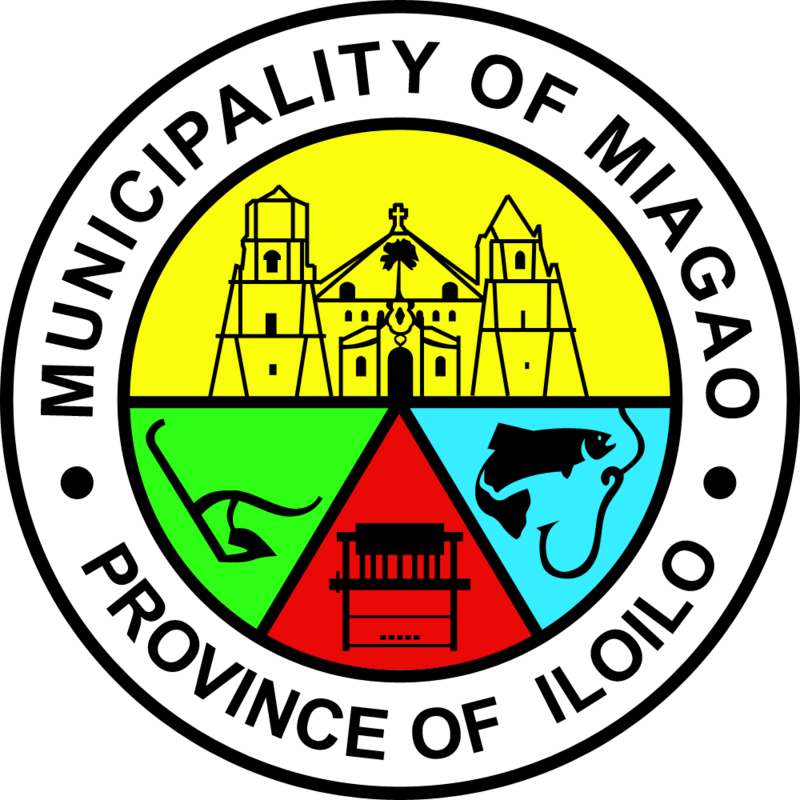In 2019, the plains of Miagao, nicknamed “Onion Capital of the Visayas,” were devastated by El Niño. Again, farmers are presently on their toes with the extreme, scalding heat forcing both people and beasts to keep cool inside their shelters, leaving fields temporarily desolated.
Outside the only view greeting foreign eyes were swathes of barren agrarian soil that made the town look and feel like a rural oven.
On board a tricycle en route to Bagumbayan, an agricultural barangay on the far end of Miagao, it bobbed around as we cruised past large gravel. Nothing that day reminded me more of my onerous labor as a field worker than the pesky weather burning my skin through the tricycle’s front window. After enduring it for minutes, the tricycle stopped at a two-story barangay hall.
Behind it, where my eyes wandered, the plains at Bagumbayan, once pregnant with greens, were, tragically, bald now. If not bald, then yellow — as if golden — but not golden (or vendable) enough to keep the peasants from hunger. I walked upstairs and met Tatay Salvador, the barangay captain.
According to Tatay Salvador, the locals of Bagumbayan work in farming, animal husbandry, and carpentry. Farming makes up the community’s biggest labor force. As the main source of livelihood, it serves a vital function in Bagumbayan’s character as a rural barangay, providing locals with opportunities to earn and afford basic needs.
Three Cropping System
Bagumbayan sows and reaps four major crops every once or twice a year, namely humay (rice), mais (corn), sibuyas (onion), and mani (peanut). The plains absorb more organic nutrients in this manner, keeping the soil healthier and less susceptible to the destructive impacts of pesticides. Thus, harvests produce good profit.
Bagumbayan’s cropping system is divided into two periods: the first and second cropping. The first cropping consists of crops planted in many of the country’s agricultural communities. This includes rice and corn. Meanwhile, the second cropping utilizes alternative crops such as onions and peanuts. The first time I visited Bagumbayan, the community was growing onions.
According to Tatay Savador, Bagumbayan used to practice a three-cropping system per year (in contrast to the current two-cropping system). But, due to the onslaught of El Niño, which had begun prior to the abolishment of the third cropping period, some alternative crops were forced out of the annual or bi-annual crop routine to prevent economic loss.
Bagumbayan’s decreasing water supply magnifies this problem. Peasants compete for limited irrigation to keep their onions well under the country’s grueling sun. The competition, however, leads to disappointment, followed by a grim realization that harvest, no matter how much they pray for its arrival, will unlikely return as water in Miagao’s Tumagbok River dries up, making survival for locals nearly impossible.
Poor Government Support
But the biggest culprit comes in the form of poor government support.
Tatay Salvador confessed that institutional help aimed at coping with the dry spell does not come by too often at Bagumbayan. The local Department of Agriculture, mandated to help Miagaoanon peasants, is at times, and more so this time, virtually absent. Upon hearing it, I grew instantly furious.
As I was leaving Bagumbayan, Tatay Salvador gave me two bags of onions. I could not refuse his offer, so I received both of them. Then I boarded a tricycle back to the poblacion.
Carrying the onions in transit, I realized Tatay Salvador and the peasants of Bagumbayan were saddling an unbearable weight that could have been relieved had there been more robust hands to help them lift it. But because institutional support was lacking, if not absent, El Niño became infernal for them.
If only onions in Miagao could trigger out of our peasantry a river of tears to irrigate an entire barren town, Tatay Salvador and his community would have wept for days. But reality is different from fiction.
And reality in Bagumbayan today remains almost the same. Unless authorities act sooner, peasants here and across our country will end up shoving bodies, not crops, into accursed lands.
#WeTakeAStand #OpinYon # OnionCapital #Miagao
